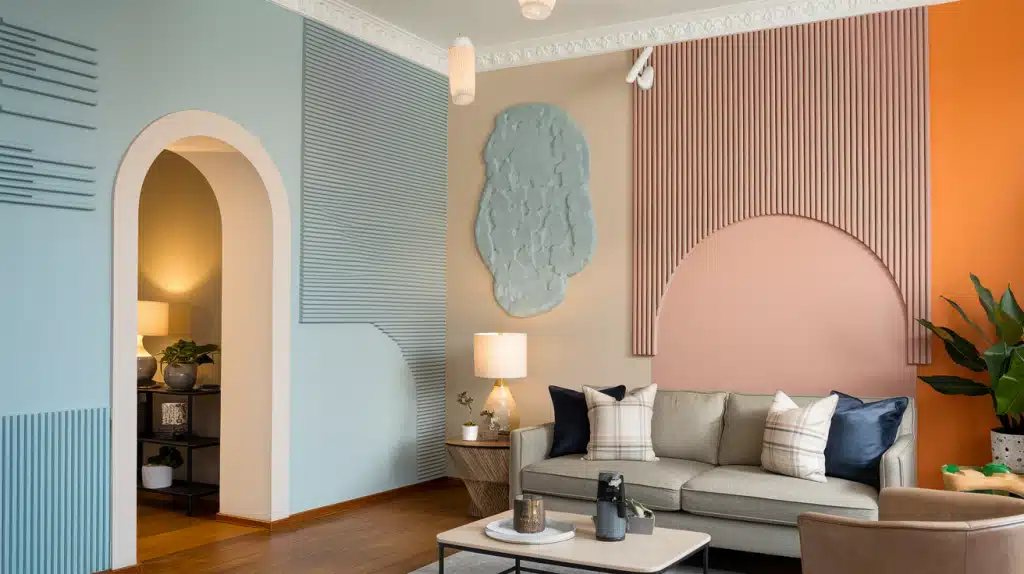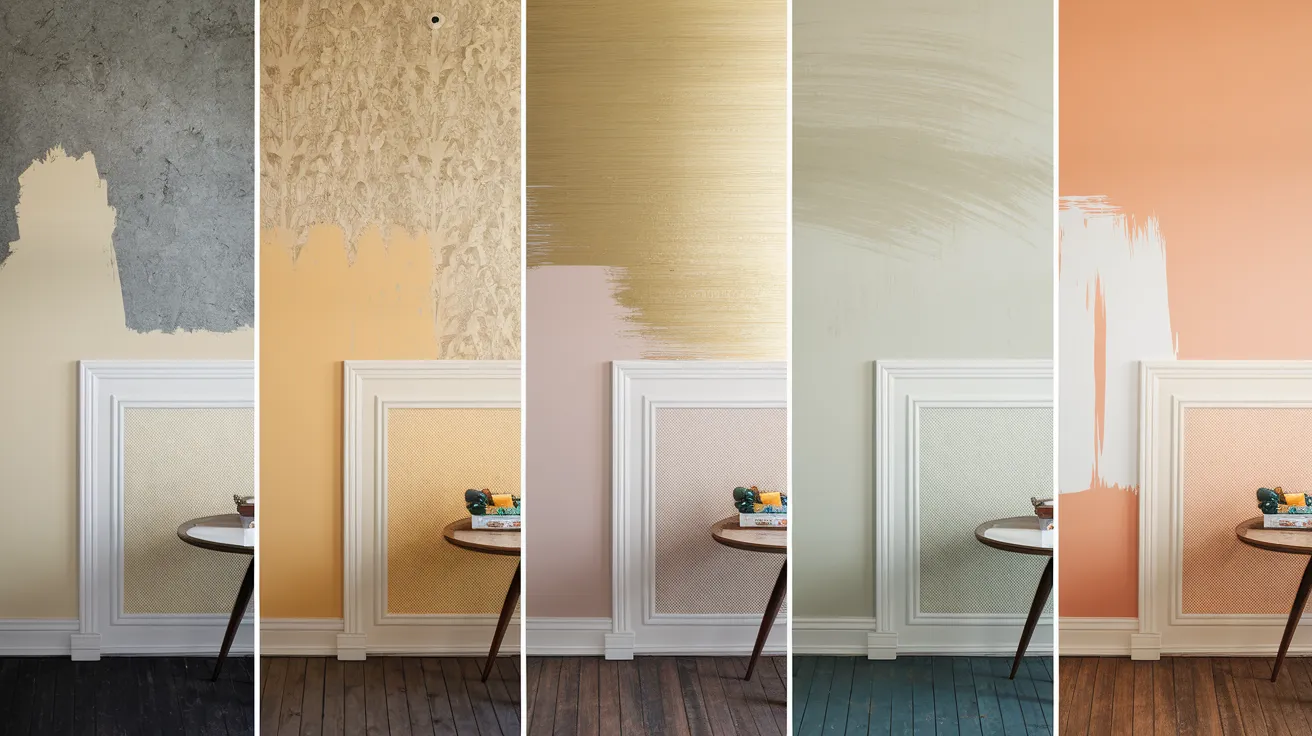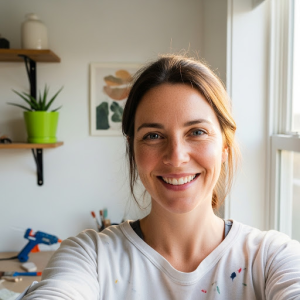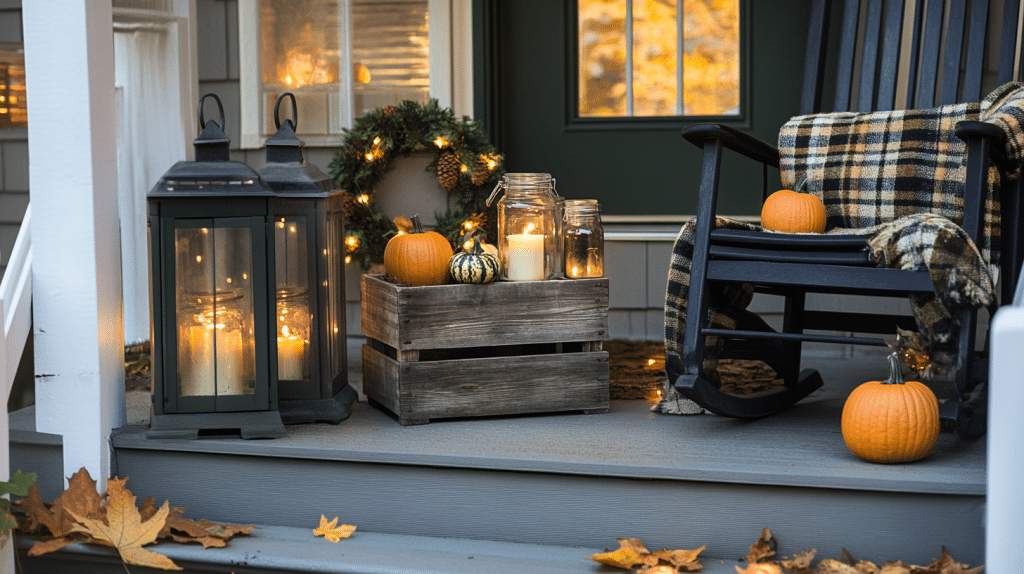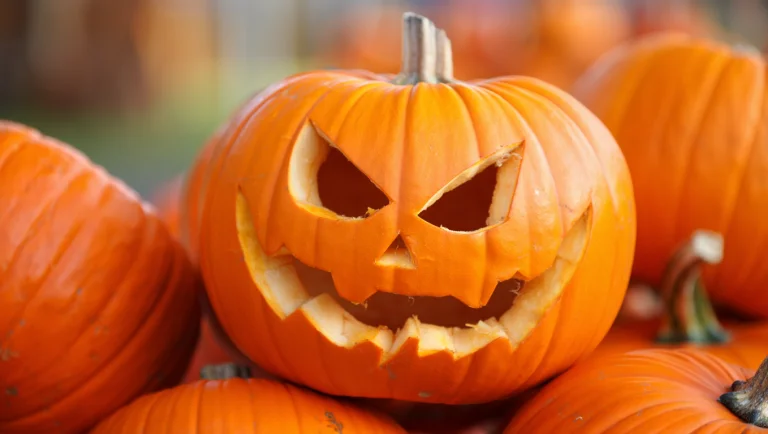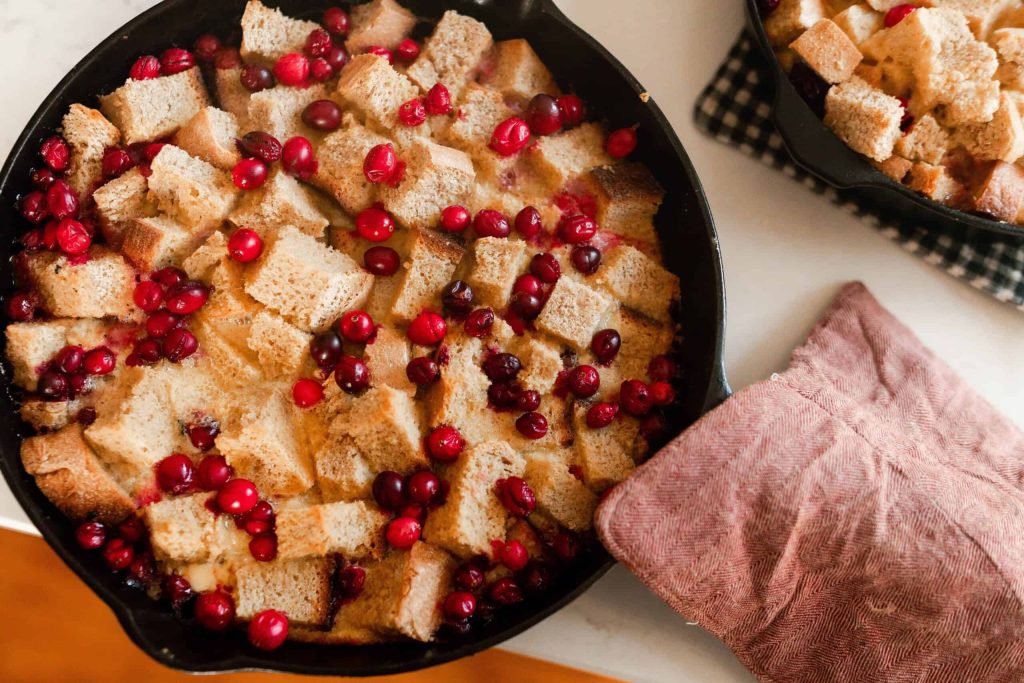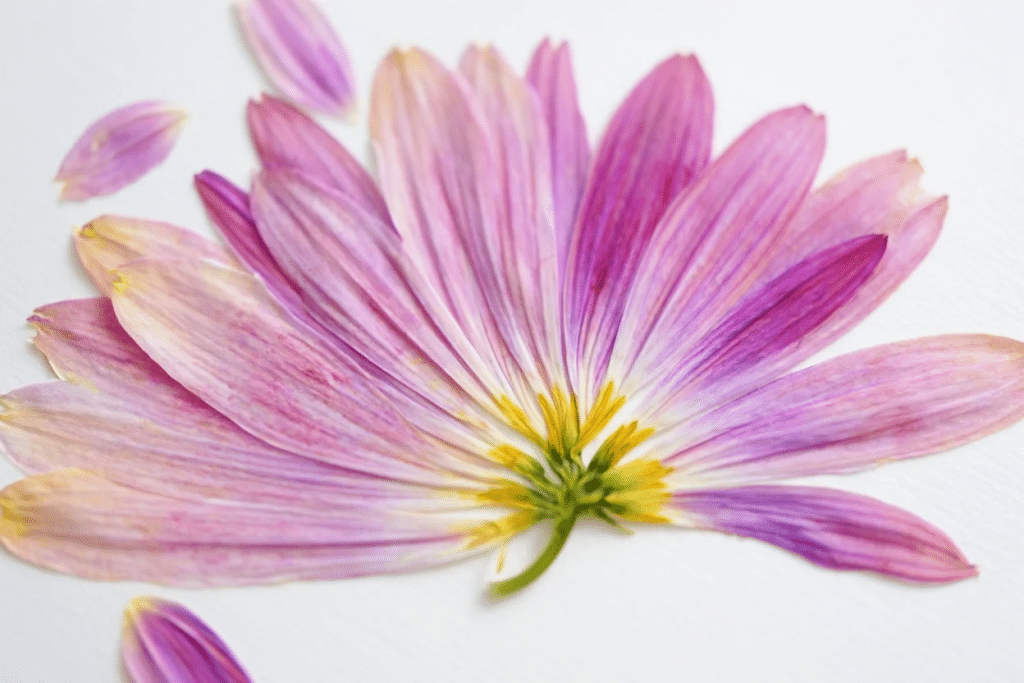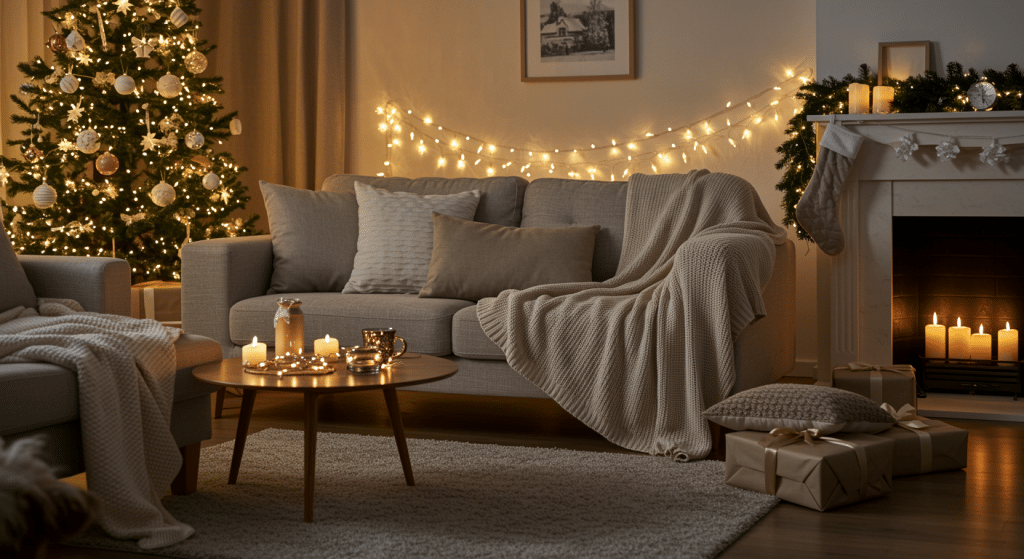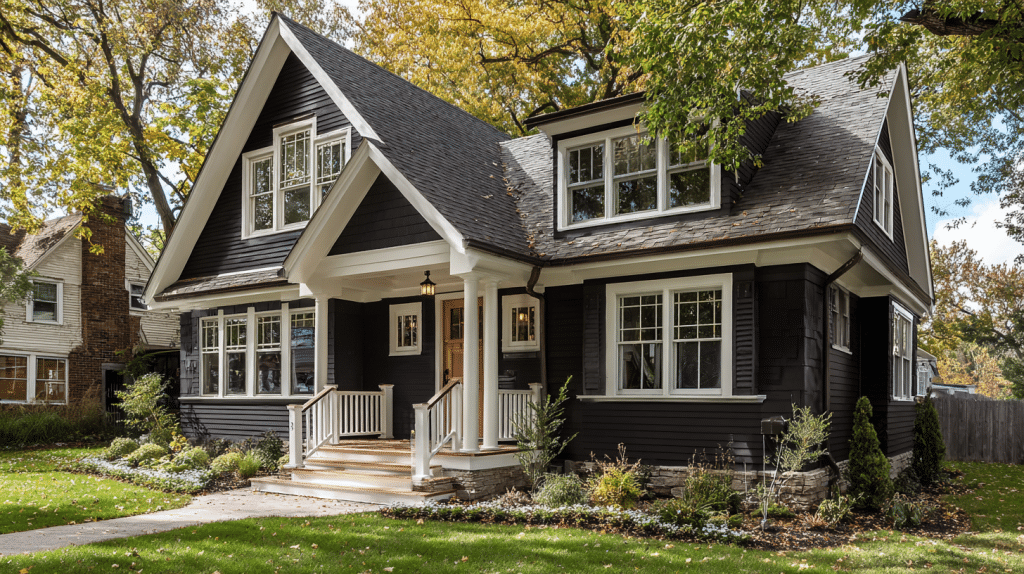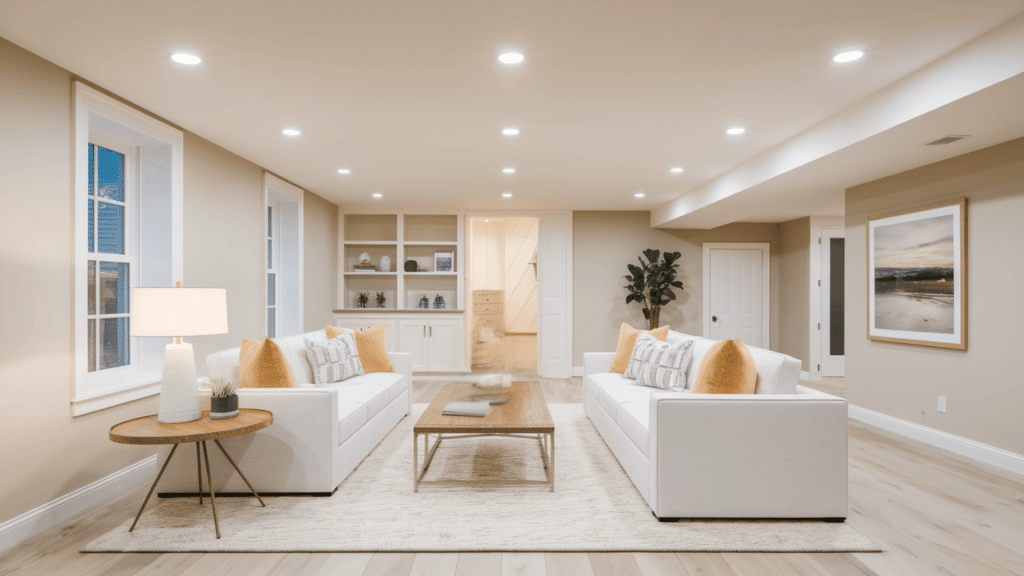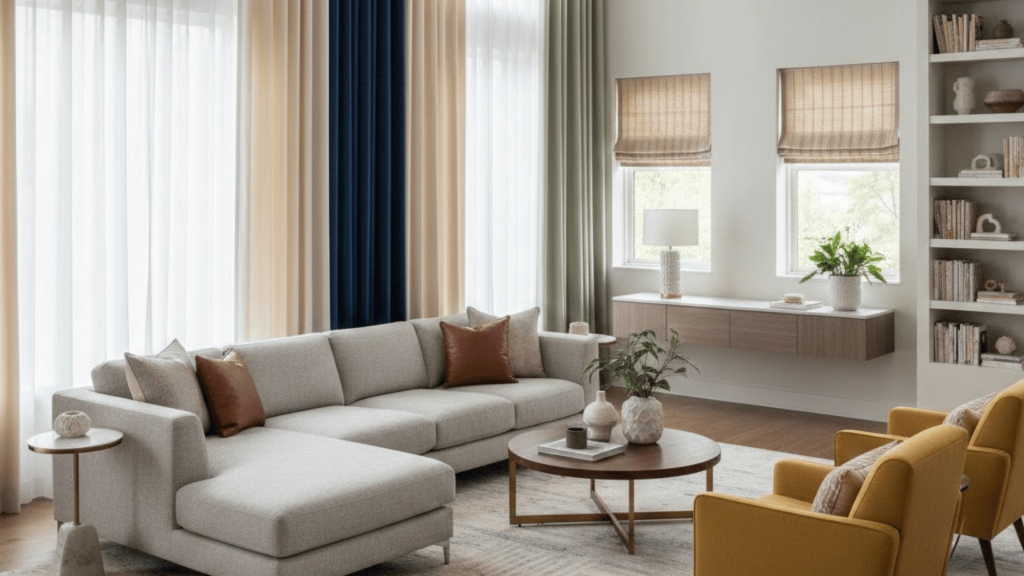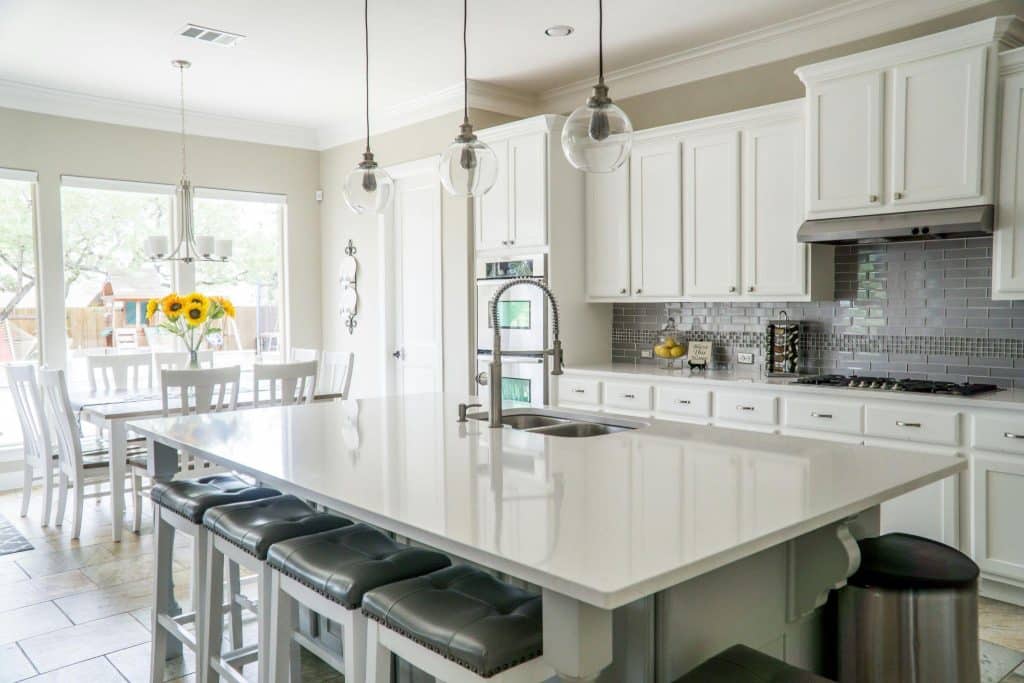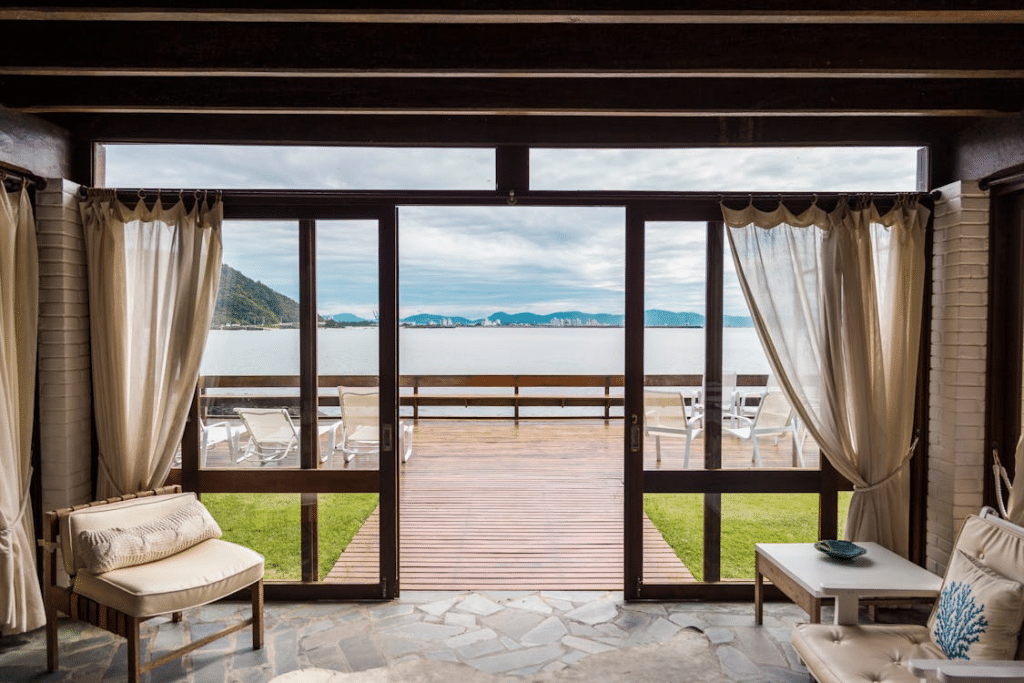Finding the right paint texture for your walls can be tough. I know the struggle of staring at a blank wall and feeling unsure about which finish will look best. And once you pick something, will it match your furniture and overall design plan?
Don’t worry! With some simple know-how about paint textures, you can transform your walls into stunning focal points. The right texture adds depth and character to any room without complex techniques.
In this blog, you will walk through several paint texture types that work well for interior spaces. You’ll learn which textures suit different rooms, how to apply them, and tips for choosing textures that complement your existing decor.
What is Paint Texture?
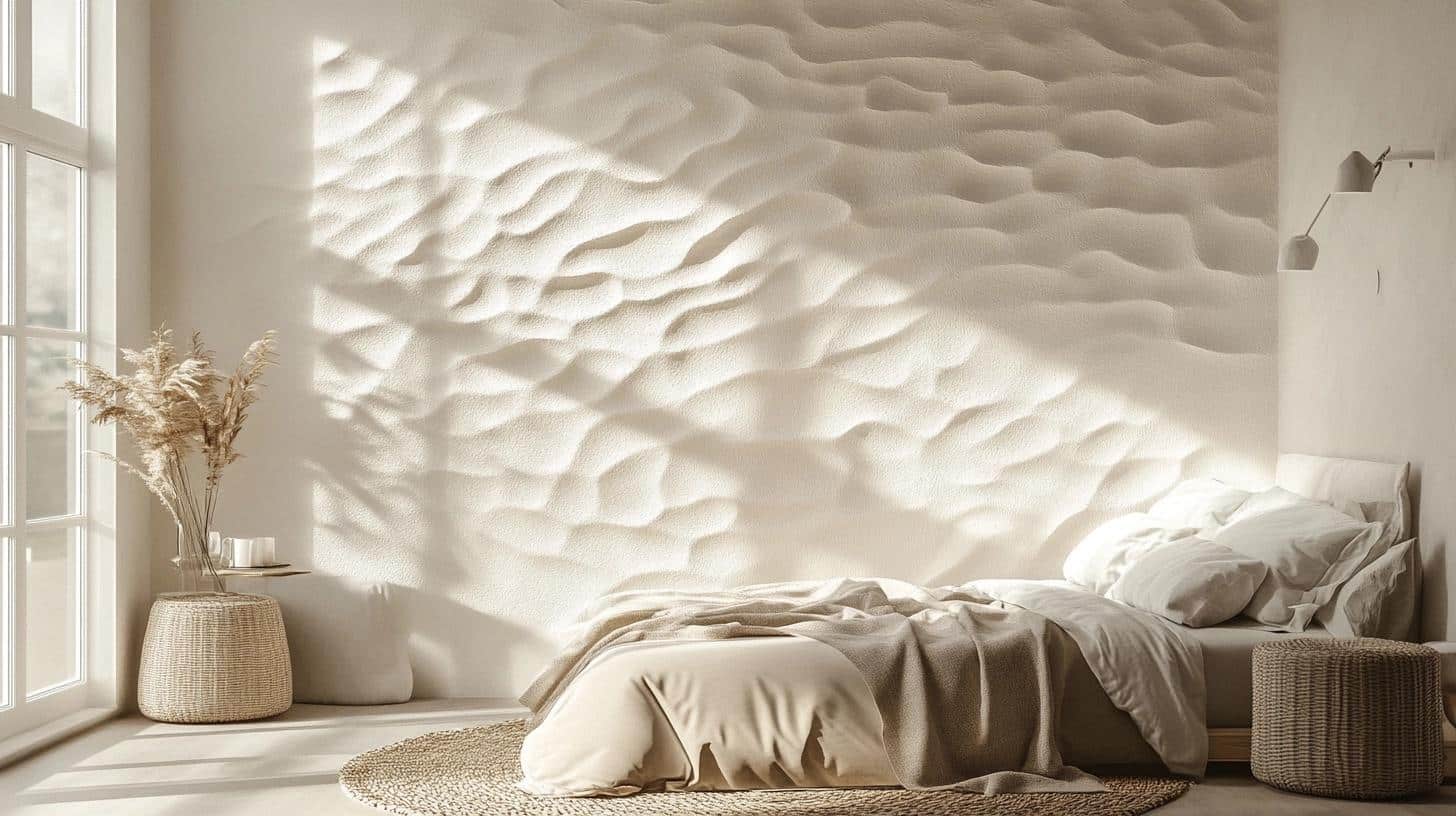
Paint texture refers to the feel and look of paint on a surface after it dries. Unlike flat paint that sits smooth on your wall, textured paint creates small bumps, patterns, or other surface changes that add visual interest.
Think of paint texture as the “feel factor” of walls. When you run your hand across a textured wall, you can feel the tiny hills and valleys.
These textures catch light in different ways throughout the day, making your walls look slightly different as the sun moves.
Texture comes from special paint mixes with added materials like sand or from application methods using tools such as sponges, rags, or special brushes.
Some textures are subtle and only noticed up close, while others make a bold statement that guests notice right away.
The right texture can hide small wall flaws, add warmth to a room, or create a specific mood that matches your style. It’s a simple way to make ordinary walls stand out without spending a lot of money.
Popular Creative Paint Texture Types
Popular creative paint textures can change any room by adding depth and character. They offer a wide range of finishes, from rustic to modern. Some of the popular paint texture types are:
Comb Texture
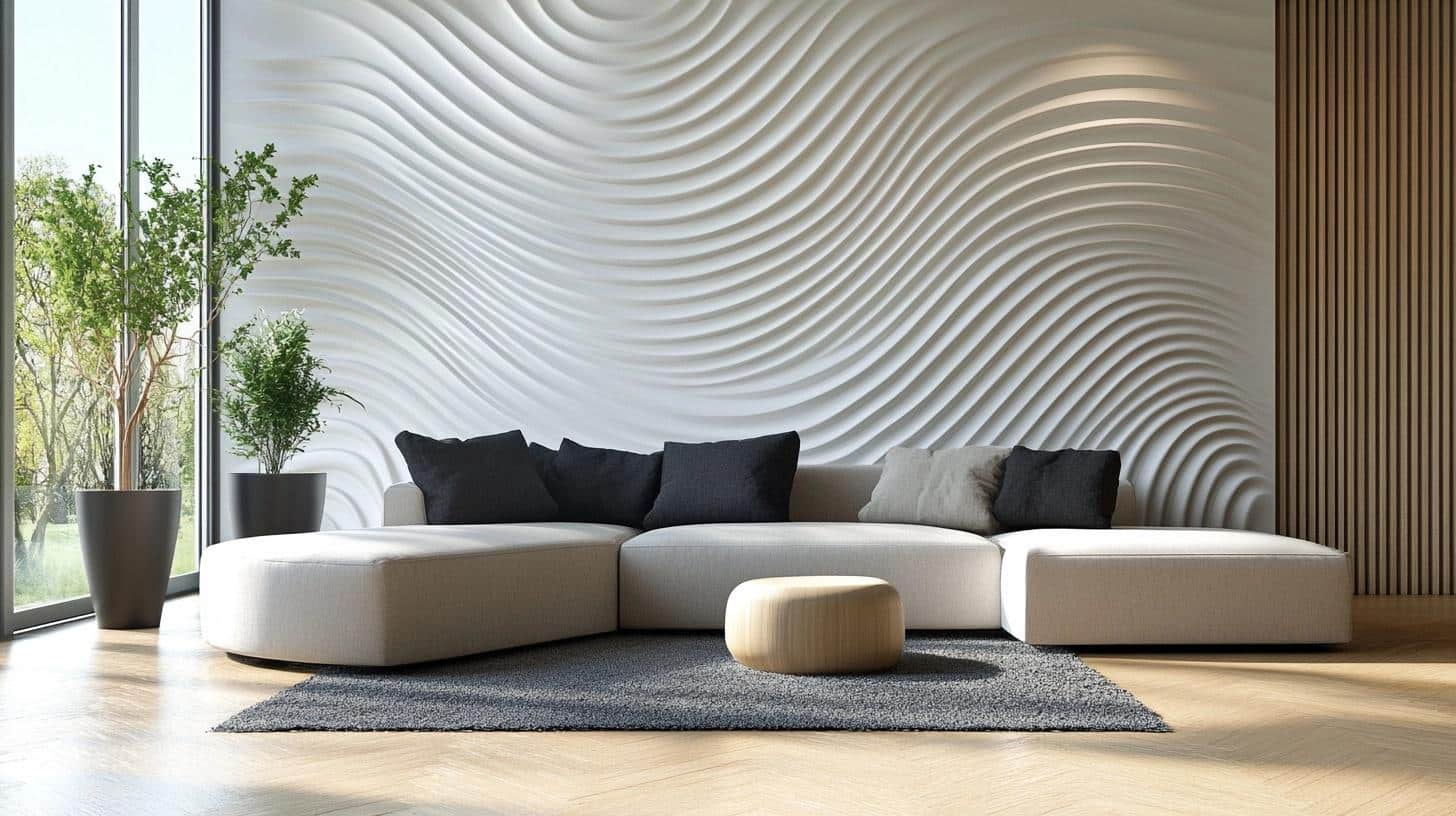
Comb texture gives your walls defined patterns with clean, crisp lines. The results look much more complex than the simple tools needed to make them.
To make a comb texture, you apply a layer of joint compound or thick paint to your wall. While it’s still wet, you drag the comb tool through it in straight lines, waves, or circles. The teeth of the comb create grooves in the material, leaving behind a pattern.
The look is structured but still has character. You can make patterns as simple or as detailed as you want – from basic straight lines to swirls that almost look like wood grain.
Knockdown Texture
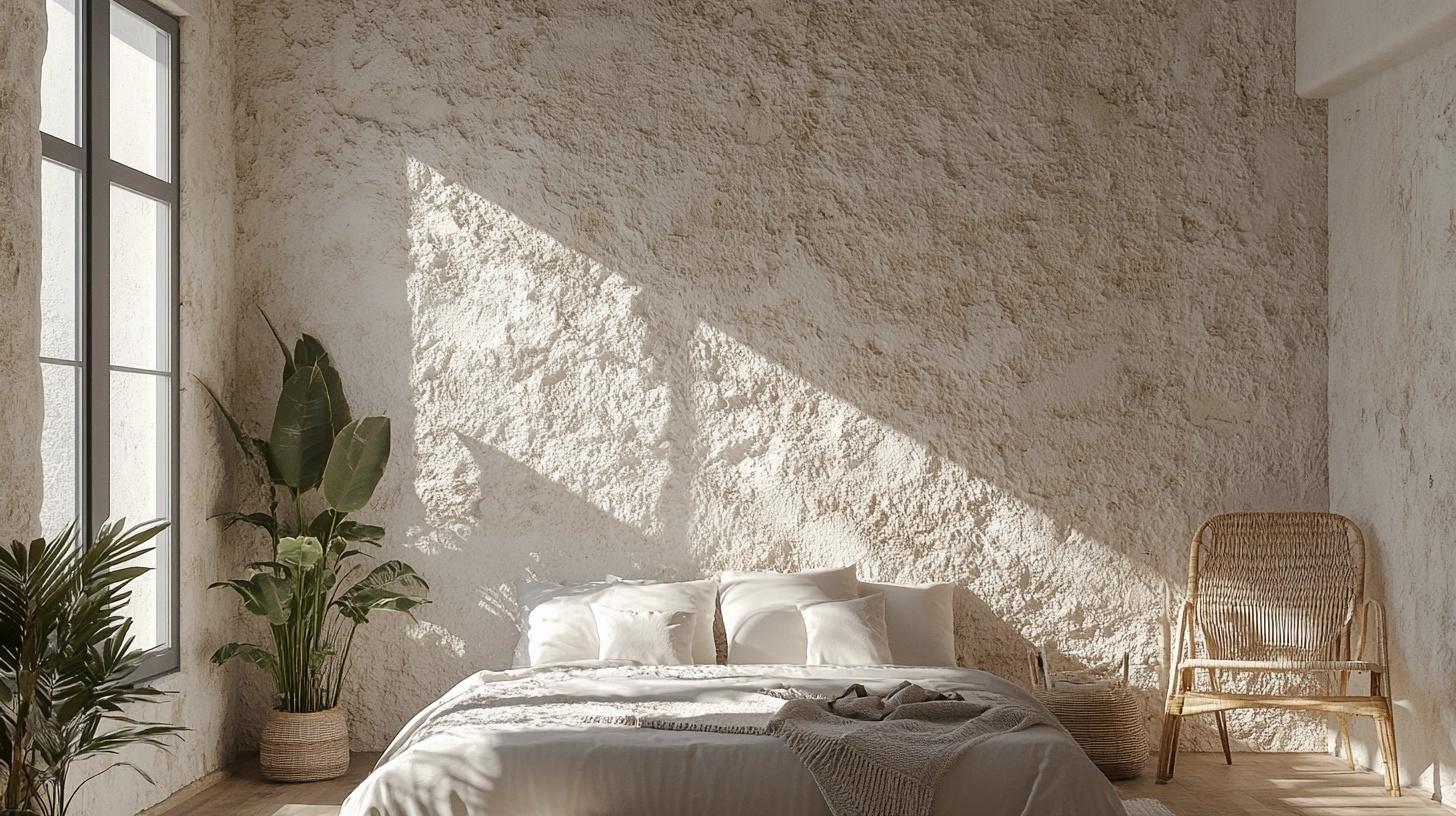
Knockdown texture gives walls a worn, lived-in look that feels both modern and rustic. It reminds me of old-world plaster with a more controlled finish.
To create this texture, you first spray a thin layer of drywall mud onto the wall. Then comes the fun part: after it sets for about 10 to 15 minutes but before it fully dries, you “knock down” the peaks with a wide knife or trowel. This flattens the high spots while leaving a depth-filled texture.
The result is a wall with subtle shadows and dimension. It’s not as bumpy as popcorn texture but has more character than a flat wall.
Orange Peel Texture
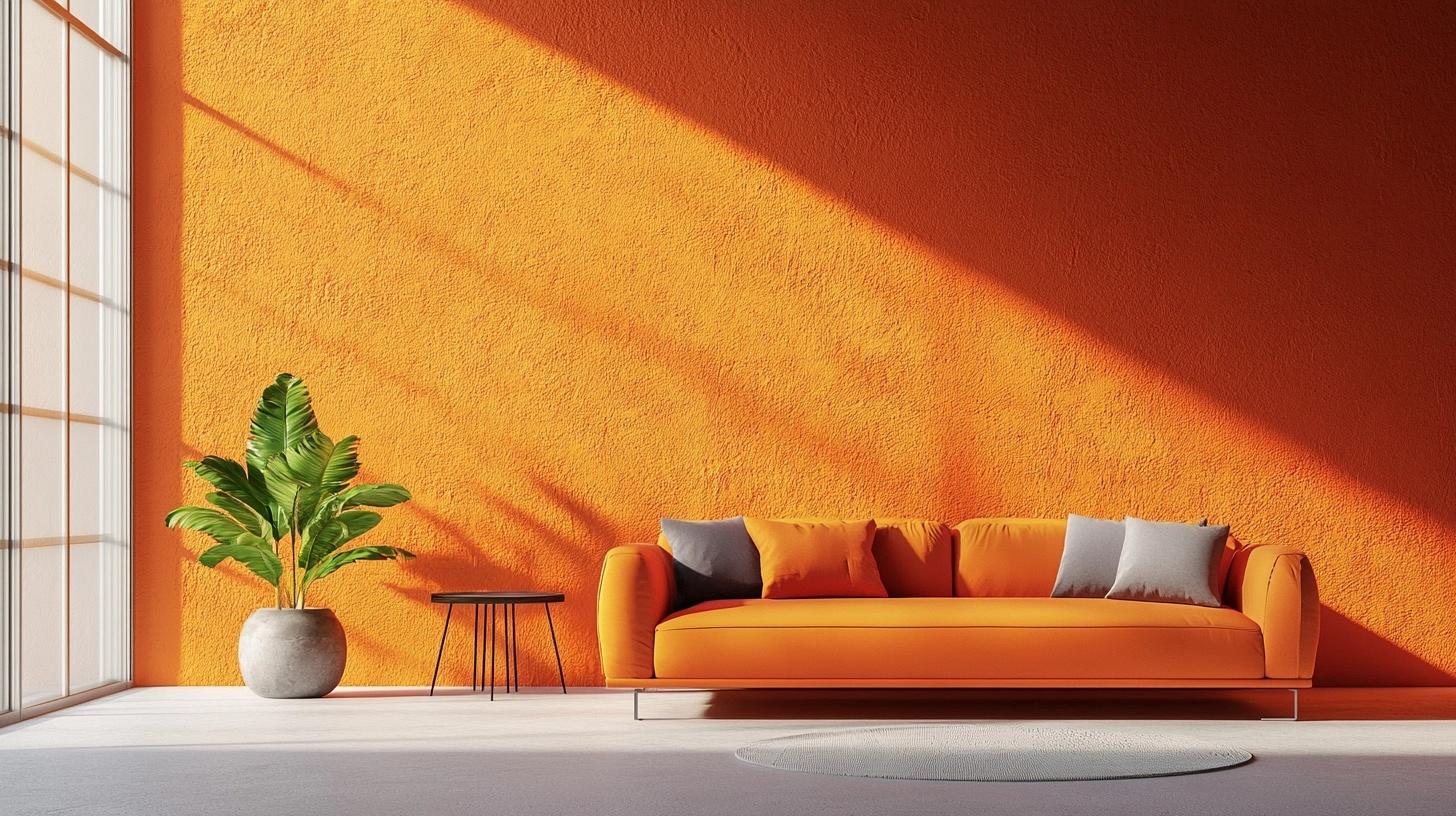
The orange peel texture looks just like its name suggests – similar to the outer skin of an orange with small bumps and dimples across the surface.
Creating this finish requires a spray gun that shoots thinned drywall compound onto the wall. The droplets naturally form a slightly bumpy surface as they dry. By adjusting the amount of material you spray, you can control how pronounced the texture is.
Orange peel is especially useful for hiding minor wall flaws and drywall seams. Compared to some other textures, it’s also fairly easy to clean, making it practical for kitchens and kids’ rooms.
What I like most about orange peel is its versatility, it fits with almost any style, from traditional to modern, and takes color very well.
Roll-On Texture
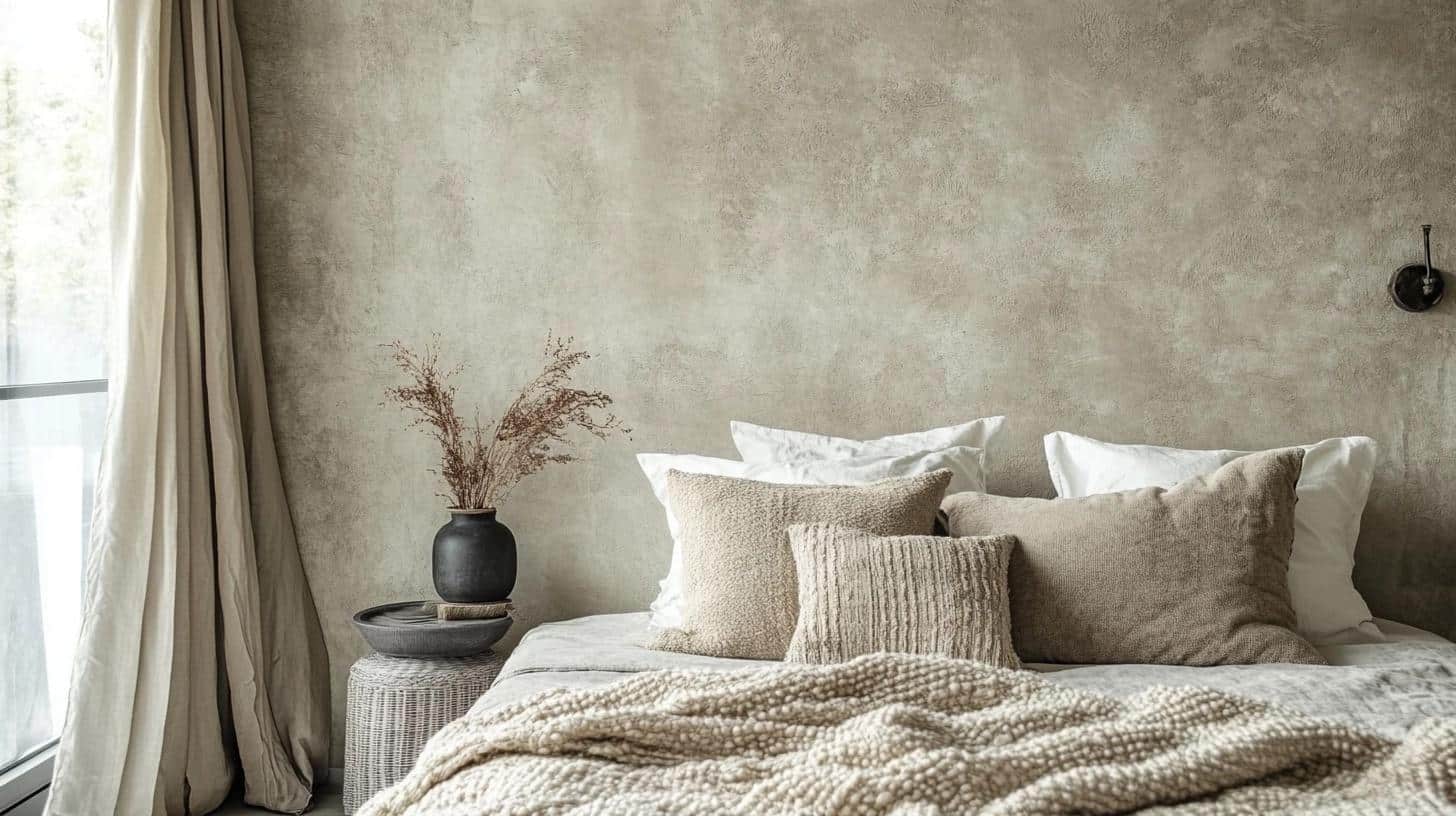
A roll-on texture is probably the simplest way to add texture to your walls. Of all the texture methods I’ve tried, it requires the fewest tools and skills.
It requires special textured paint, which is applied with a roller with a thick nap. Some textured paints have small particles mixed in that create the texture automatically as you roll.
Different roller covers are made for this purpose, some leave a pattern like tiny dots, while others create more of a stucco-like finish. The thicker the nap on your roller, the more pronounced the texture will be on your wall.
What makes roll-on texture so handy is that you paint and texture in one step. This saves time and effort compared to other methods that need multiple products and tools.
The roll-on texture is ideal for beginners who want to try textured walls without a big commitment. It’s also easy to paint over later if you change your mind about the look.
Fabric and Fiber Textures
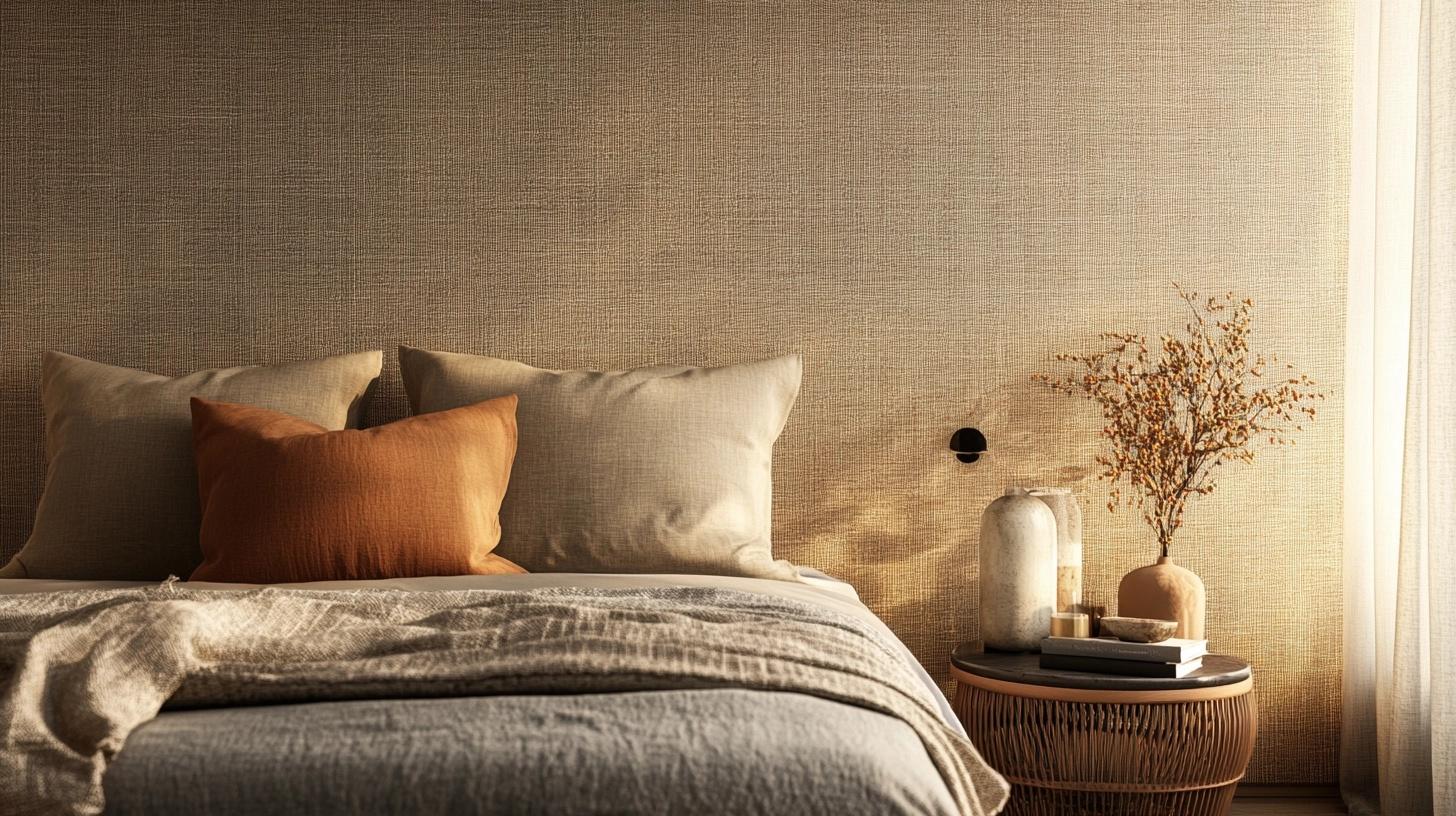
Fabric and fiber textures bring soft, cloth-like patterns to your walls. This style creates a cozy, warm feel that plain paint can’t match.
To create this effect, you press fabric into wet paint or glaze. When you remove the fabric, it leaves behind its pattern.
You can use many types of materials – burlap gives a rough, rustic look, while linen creates finer lines. I found that cheesecloth makes an interesting crisscross pattern that looks great in country-style rooms.
The trick with fabric textures is to work in small sections so your paint doesn’t dry before you can make the impression. Sometimes, I roll the fabric around a paint roller for easier application on large walls.
The finished walls have a subtle texture that changes with the light throughout the day.
How to Choose the Right Paint Texture Types for Your Interior
Picking the right paint texture for your home doesn’t need to be hard. I’ve found that thinking about a few key factors makes this choice much easier.
Consider the room’s purpose: High-traffic areas like hallways and kids’ rooms do better with durable textures like orange peel or knockdown that hide marks and scratches. For formal spaces like dining rooms, brushed pearl or fabric textures add a touch of style.
Room size matters: Smaller rooms often look better with lighter, subtler textures that don’t make the space feel cramped. Larger rooms can handle bolder textures that add visual interest across big wall spaces.
Your skill level should also guide your choice: If you’re new to DIY, start with roll-on texture or simple comb patterns. More complex finishes, like knockdown, might need practice or help from someone with experience.
Overall home style: Modern homes often pair well with smooth, clean textures, while rustic or traditional spaces match nicely with more organic-looking finishes.
I always suggest testing your chosen texture on a small wall section or board before doing the whole room. This lets you see how it looks in your actual space with your lighting.
Which Paint is Best for Your Chosen Paint Texture
The right paint texture types can make or break your finished wall. Through trial and error, I’ve learned that certain paint types work better with specific textures.
Flat and Matte Paint
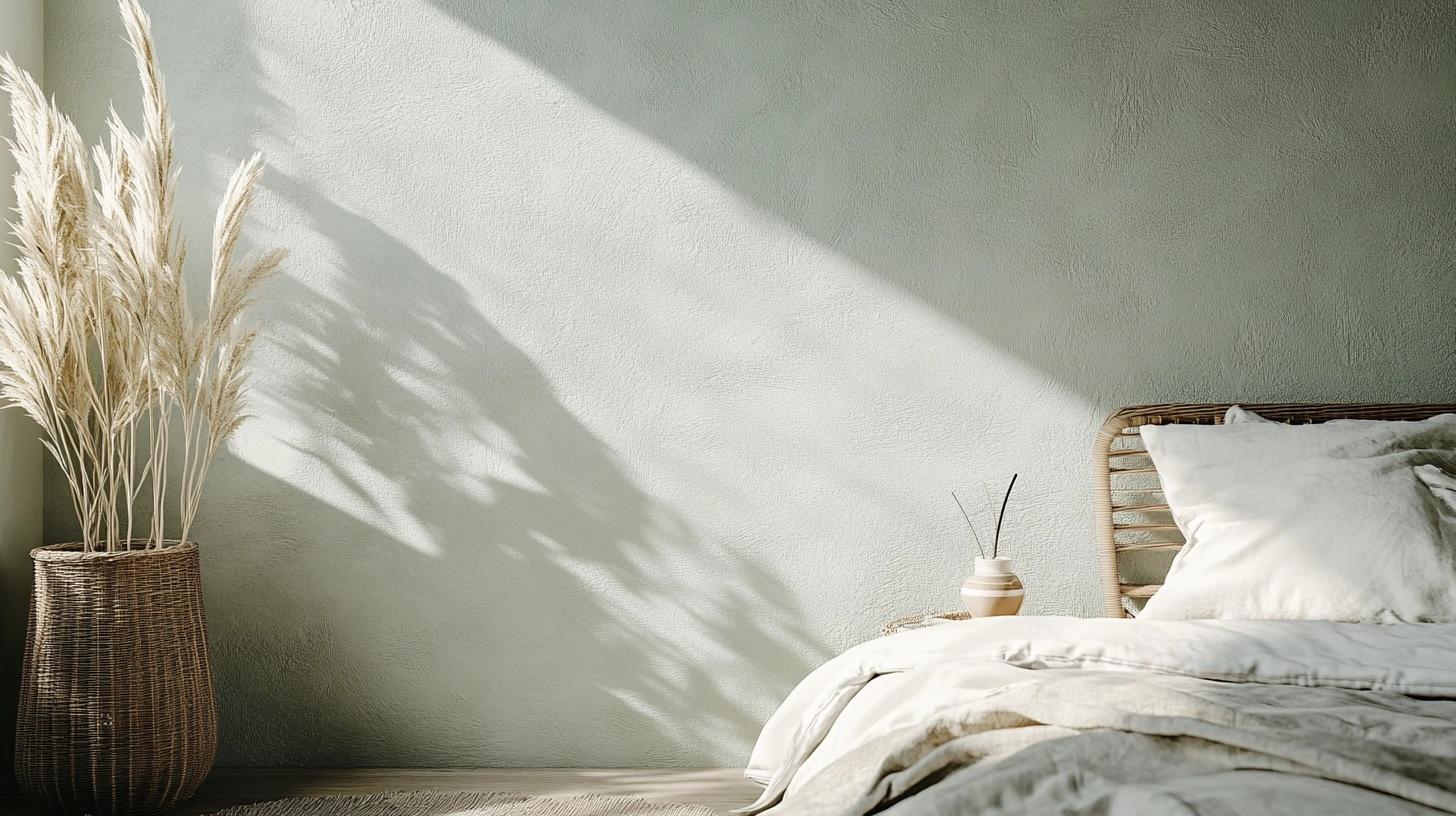
Flat and matte paints have almost no shine. They work really well with most textures because they don’t reflect light, allowing the texture itself to create the visual interest.
To learn more about flat paints, check out our blog, “What is Flat Paint and How is it Different?“
I use flat paint with knockdown and orange peel textures when I want the shadows from the texture to stand out. These paints also hide small wall flaws, which is a bonus.
Eggshell Paint
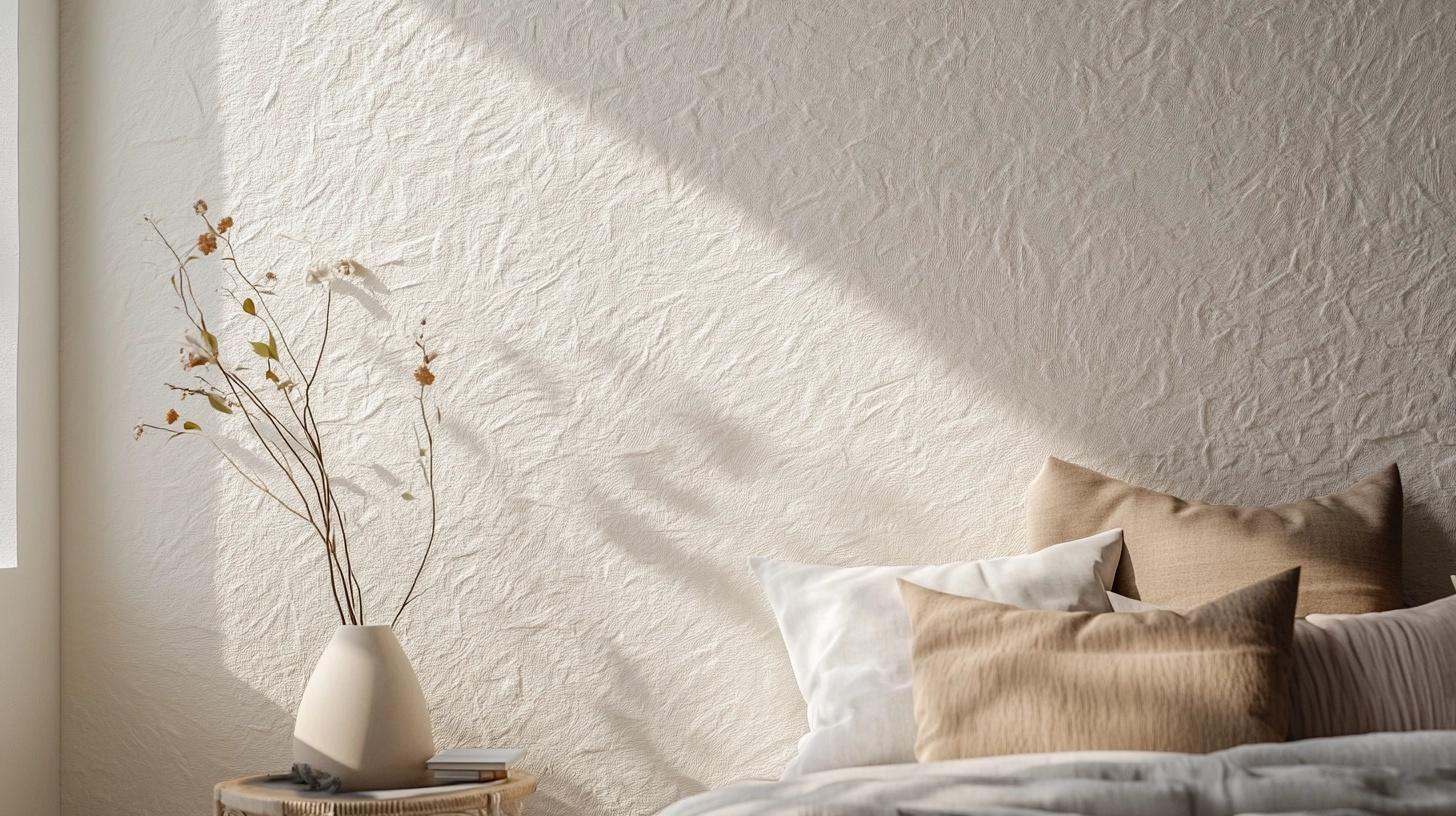
Eggshell has a gentle, low sheen that adds a bit more depth than flat paint. It’s my go-to for comb textures and fabric impressions.
The slight sheen catches light just enough to highlight the pattern without overwhelming it. Eggshell is also a bit more washable than flat paint, making it good for textured walls in living rooms.
Satin Paint
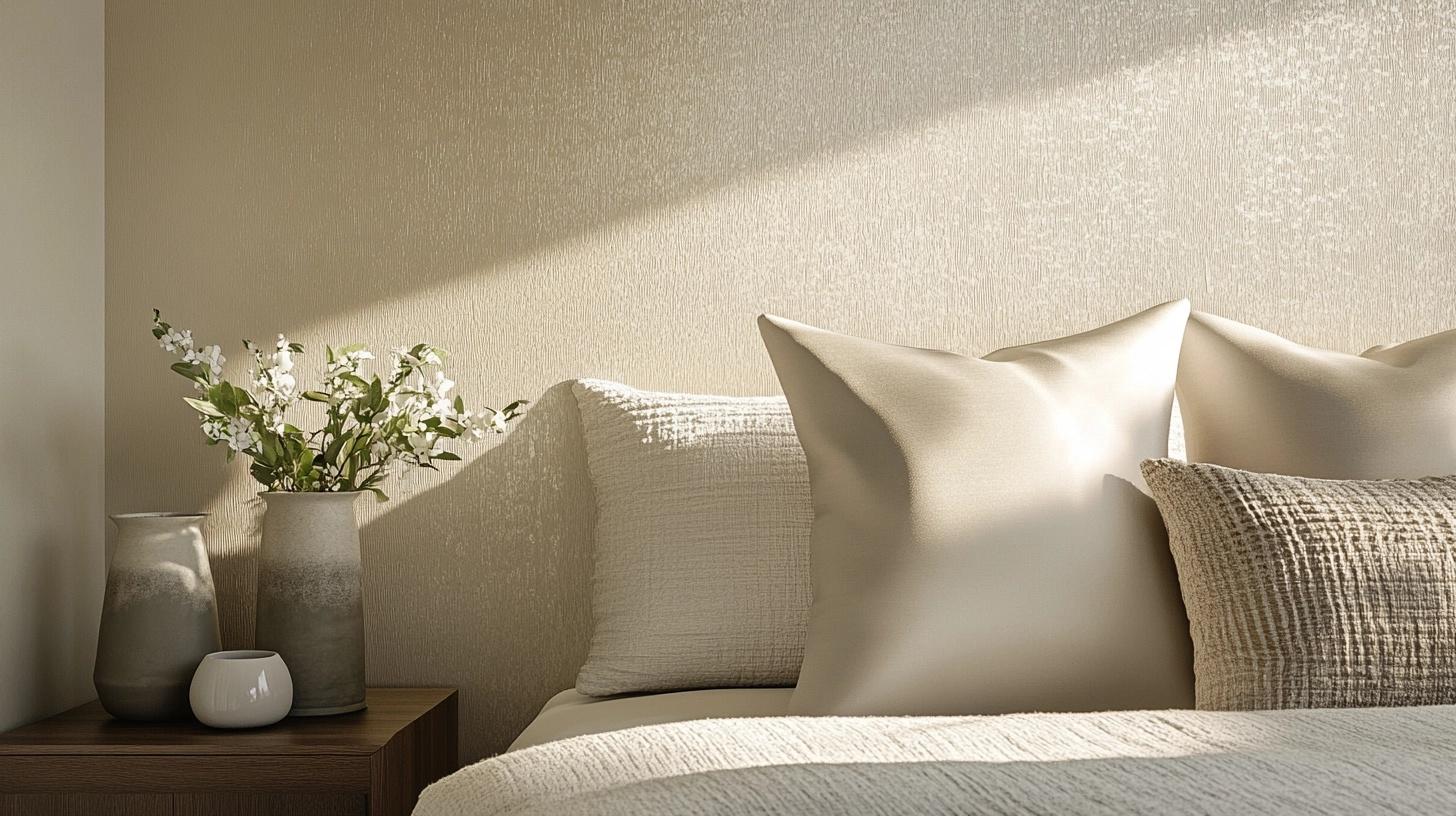
The satin paint finish offers a soft, pearl-like sheen that works beautifully with brushed pearl textures. I’ve found that satin paint brings out the subtle shifts in texture while still being tough enough for cleaning. To get a better understanding of this paint type, check out the blog “What is Satin Paint? Everything You Need to Know“.
This makes it perfect for textured walls in kitchens and bathrooms where you need to wipe down surfaces often.
Semi-Gloss Paint
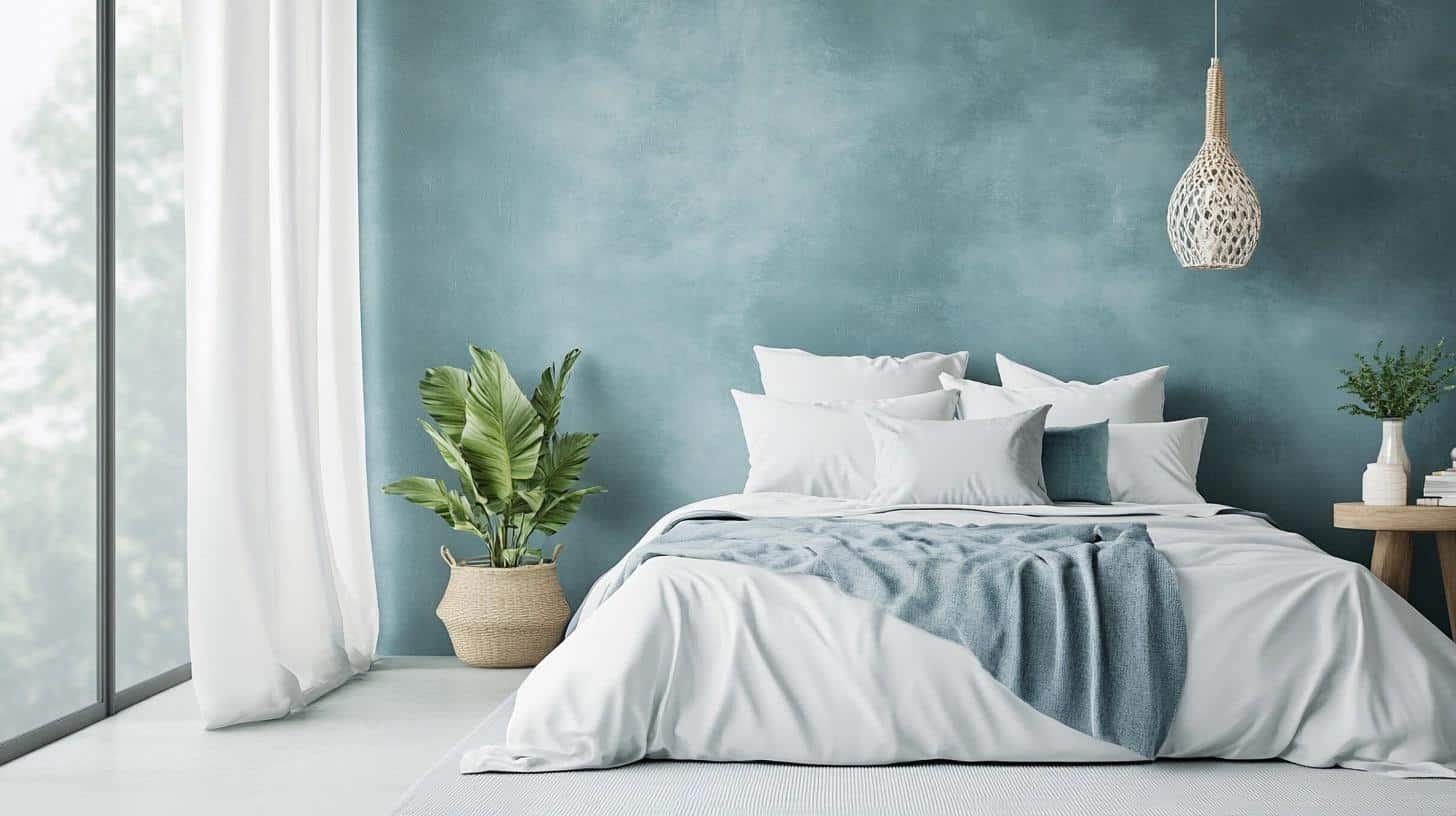
Semi-gloss paint has a noticeable shine that can actually amplify certain textures. It works well with roll-on textures in spaces that need frequent cleaning, like kids’ rooms.
The shine can make texture pop, but be careful – it also highlights any flaws in the application. I use semi-gloss with simpler textures where I want light to play across the surface.
High-Gloss Paint
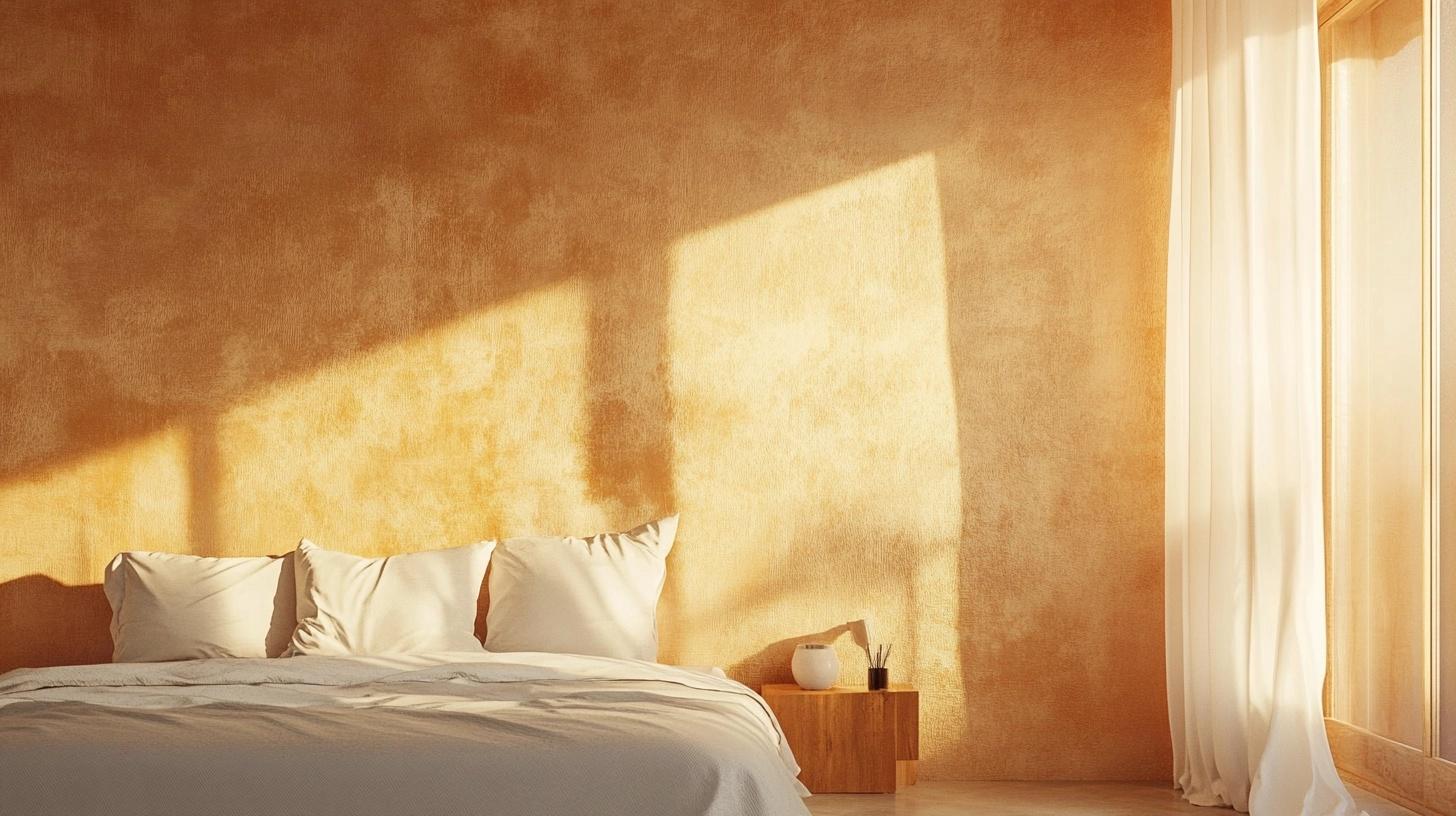
High-gloss finishes create a mirror-like, reflective surface. I rarely use this with heavy textures, as it can look too busy.
However, for subtle orange peel or very light textures where you want a wet-look effect, high-gloss can create a striking result. It works best in modern spaces or as an accent on a single textured wall.
Remember that the more glossy your paint, the more it will emphasize every detail of your texture. For most textured walls, staying in the flat to satin range usually gives the most pleasing results.
Maintenance and Longevity of Textured Paint
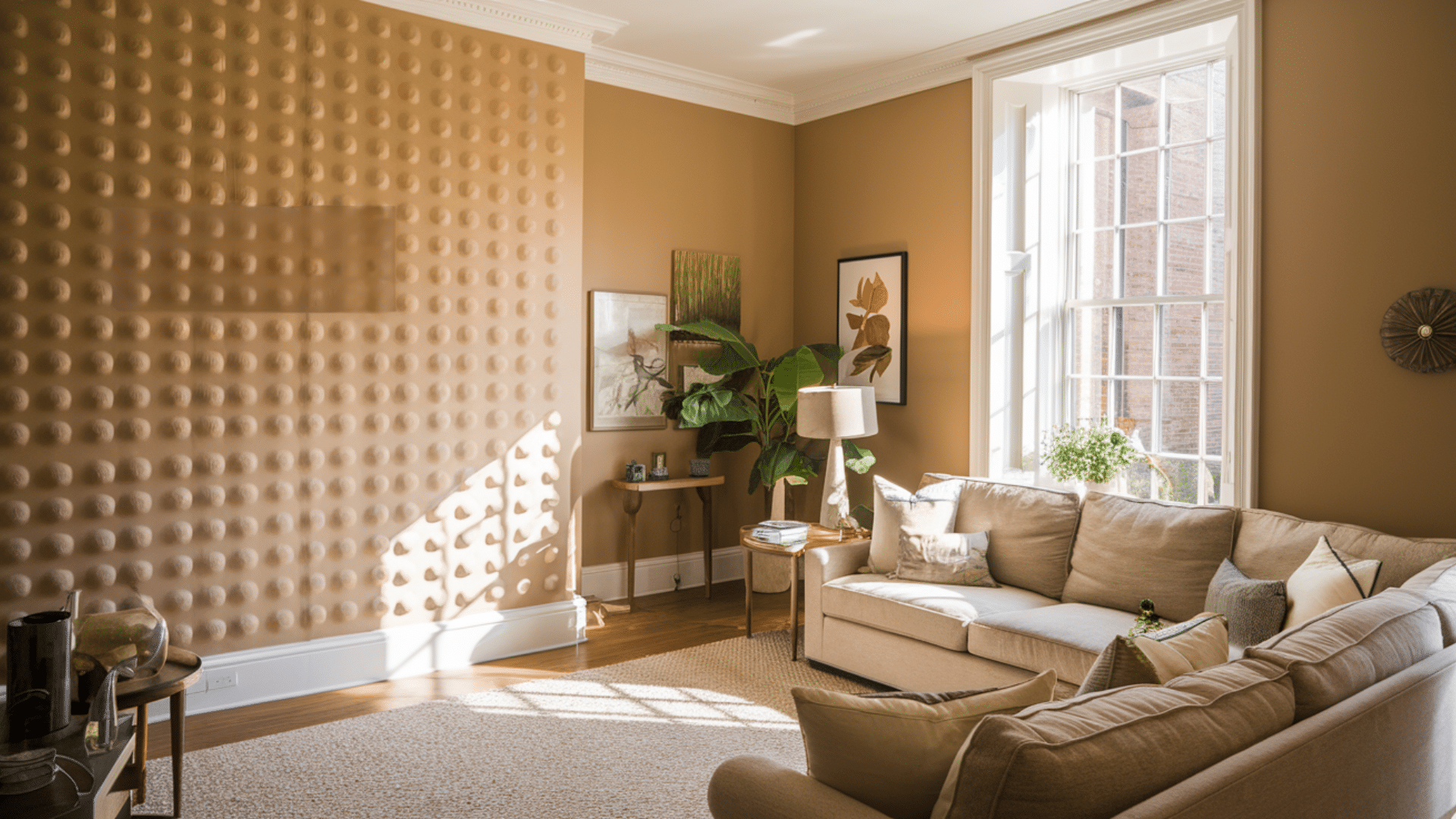
Taking care of textured walls is different from taking care of flat painted surfaces. I’ve had textured walls in my home for years now, and with the right care, they still look fresh.
Here are some key points about maintaining textured walls:
-
Dust collects more easily on textured surfaces. I use a soft brush attachment on my vacuum or a microfiber duster every few weeks to keep them clean.
-
Cleaning varies by paint finish. Flat-painted textures need gentle spot-cleaning, while satin or semi-gloss textured walls can handle more thorough washing.
-
Touch-ups can be tricky. When I needed to fix a damaged spot, I found it hard to match the exact texture pattern. It’s smart to save extra texture material for future repairs.
-
Sun exposure affects longevity. My north-facing textured walls still look great, while the sunny south wall needed repainting sooner due to fading.
-
Humidity impacts textured walls, especially in bathrooms. To prevent peeling, I used moisture-resistant paint over my bathroom’s texture.
Final Take
Textured paint brings life to plain walls with minimal effort. As we’ve seen, each texture type creates a distinct mood – from the subtle shimmer of brushed pearl to the rustic appeal of knockdown.
I hope you now feel confident choosing the right texture and paint finish for your rooms. Remember that texture isn’t just decorative. It can hide flaws, add depth, and create the perfect backdrop for your interior design.
What texture are you planning to try in your home? I’d love to hear about your projects in the comments section below!


